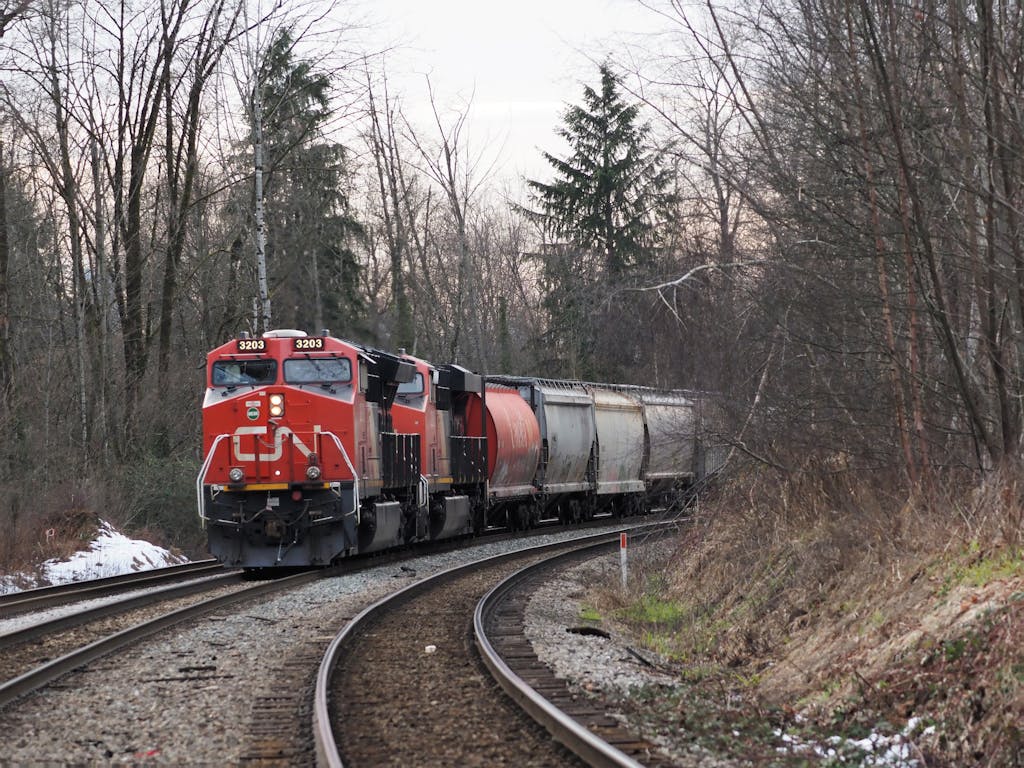Saskatchewan growers went against the grain when they planted this year’s canola crops.
Agricultural Consultant Kevin Hursh says according to the Statistics Canada Seeded Acreage Report released last week canola acreage came in higher than many analysts expected.
Saskatchewan is where the difference lies.
“What I found really interesting about the canola acreage is that canola acreage actually dropped in Manitoba and in Alberta, but it was Saskatchewan that with a 8.8 percent increase that void the overall acreage, and I guess people will have different interpretations as to why Saskatchewan would be different than the other provinces,” he said. “I think a lot of it is that producers here watch the crop insurance coverage quite closely after some dry years, and I think there was quite a bit of canola acreage in the southern and central part of Saskatchewan that was put in because of the crop insurance coverage looks so favourable.”
Stats Canada says farmers reported total canola acreage at just over 22 million acres, an increase of 3.2% over last year.
Hursh says soybean acreage has been interesting to watch recently with dramatic swings from one year to the next in Manitoba. This year Manitoba soybeans have increased to 1.6 million acres, up over 40% from last year.
“That translates a little bit into Saskatchewan, acreage was up dramatically in Saskatchewan too but our acreage for soybeans here pretty small – it’s only up to 68-thousand acres according to the Stats Can report,” Hursh added.
“And soybeans, which were registering some acreage in Alberta a few years ago, have all but disappeared so some of these predictions from 5 to 10 years ago that soybeans were going to be a major crop across Western Canada I think have fallen well short, but soybeans certainly is an important crop in Manitoba.” he continued.
Meantime, Hursh says the big Roquette pea fractionation facility at Portage La Prairie has failed to convince Manitoba farmers that they should be growing more peas. Manitoba pea acreage is down 18% from last year.
Hursh notes lentil acres are also down this year from last.
“They were down in Saskatchewan and Alberta but the acreage drop when you dig into the numbers seems to have occurred in the large green lentils and not the red lentils, and it’s the large greens that are doing well price-wise so kind of surprising to see that acreage down and reds basically stable.” he noted.
Red lentil acreage was reported at 3.1 million acres, similar to last year, and above the 5 year average. Large green lentils are down from last year and also well below their five year average.
Stats Canada reported mustard acreage this year is up almost 15%. Hursh says it’s not surprising considering the high prices the crop has enjoyed the last couple of years.
Oat acreage took a tumble. Hursh says farmers reported seeding 2.5 million acres of oats, down 35% from 3.9 million last year.
“The big drop in oat acreage was pretty much expected,” Hursh said. “A reduction in production is needed with the big oat surplus that was held. It will also be interesting to see how many oats may end up as green feed, given the feed shortage that may be in certain dry parts of Saskatchewan and Alberta.”
Flax acres also saw a major decline. In 2021, a million acres of flax was seeded. That dropped by 22% last year, and nearly the same amount this year.
Hursh says overall the crop mix this year is less diverse.
“Whether this is a longer term trend or not is hard to determine but certainly for this year our crop mix is actually less diverse than it was last year,”
Finally, Hursh says most areas need rain or those crops will not amount to much.
“I don’t think there’s any way that we’re going to have an above average crop across the Prairie region, we’ll be lucky to only have an average crop and without some better moisture conditions going forward, we may drop below average would be my guess at this juncture.” Hursh said.
(With files from CJGX)



